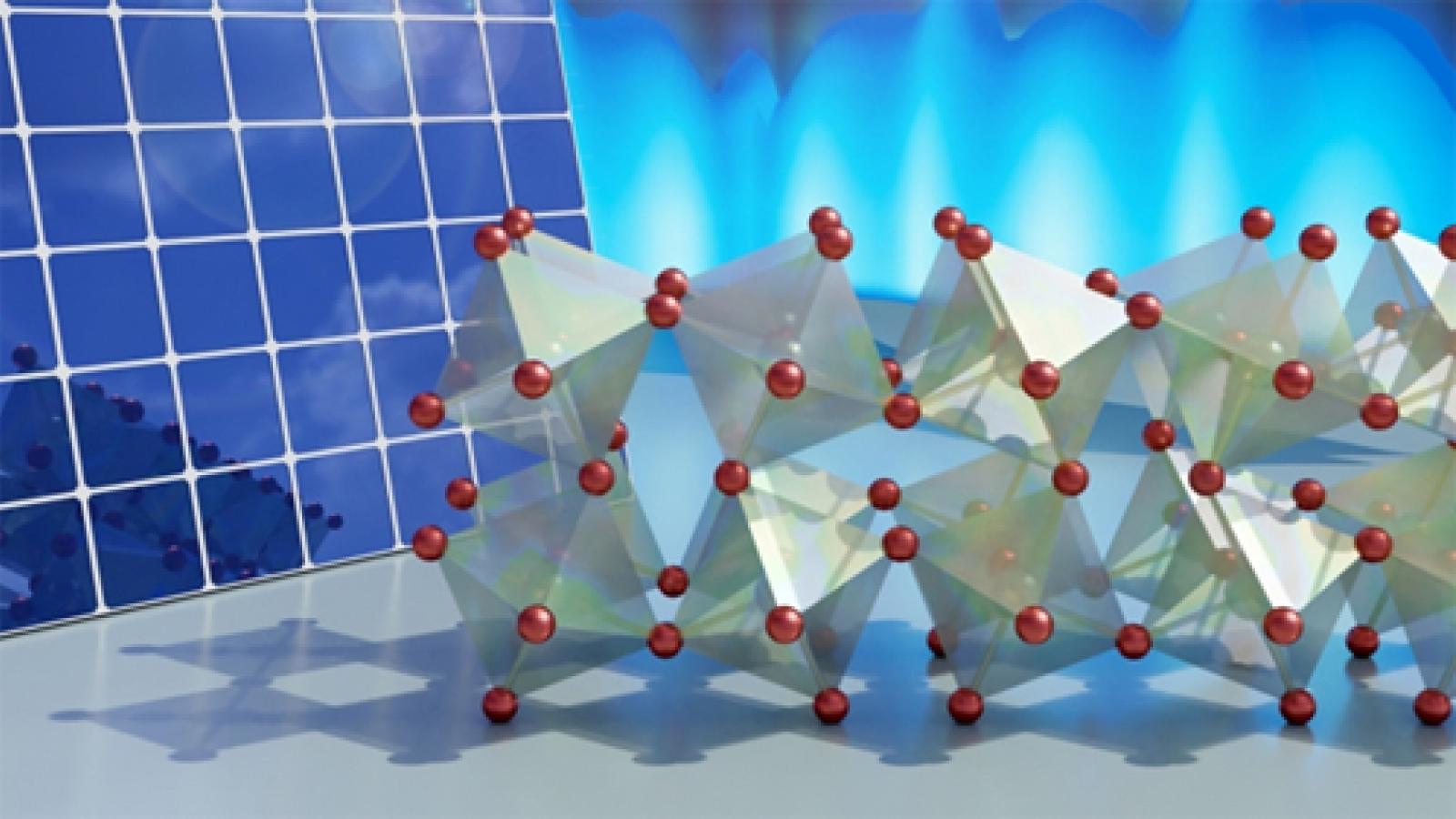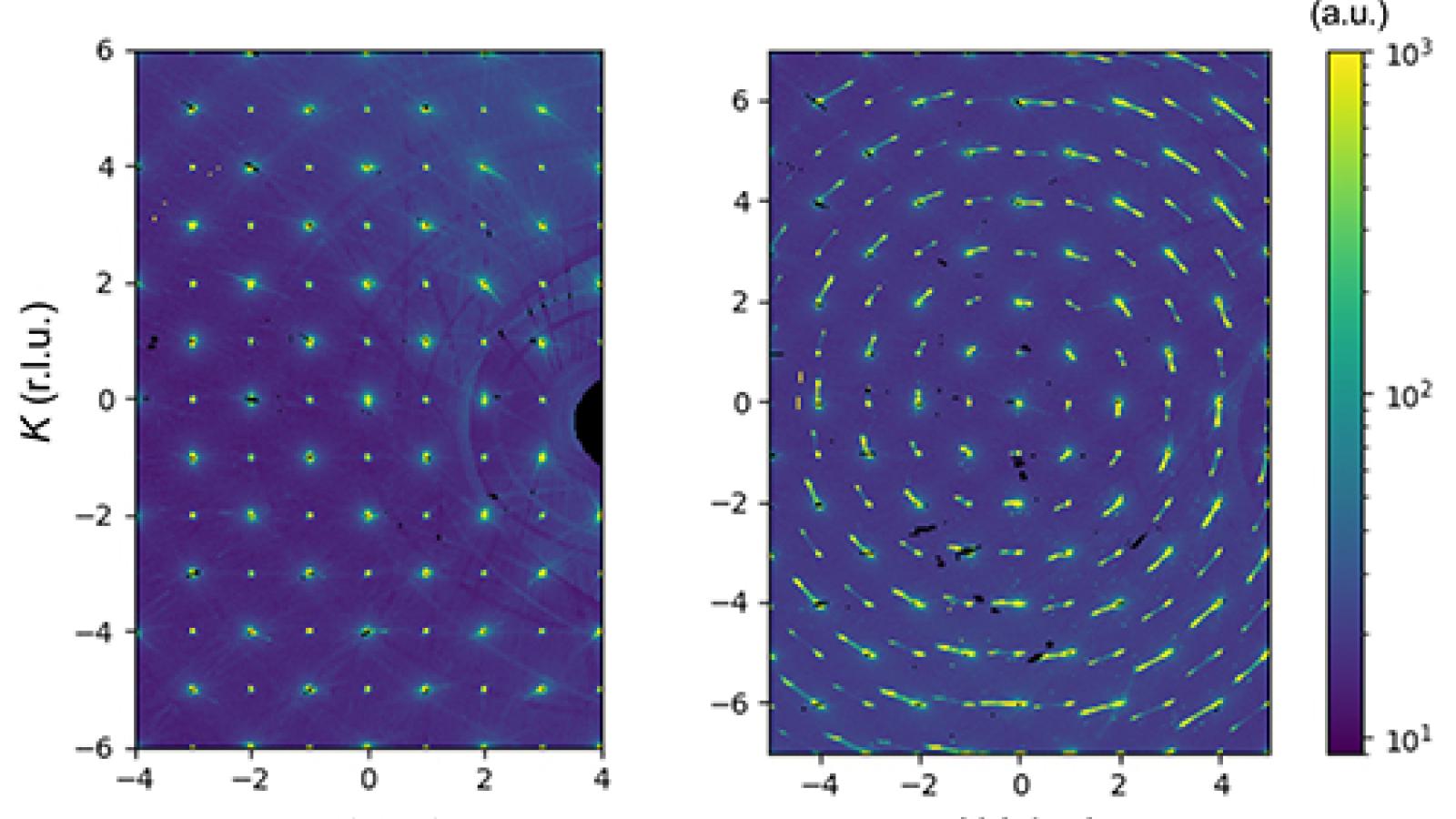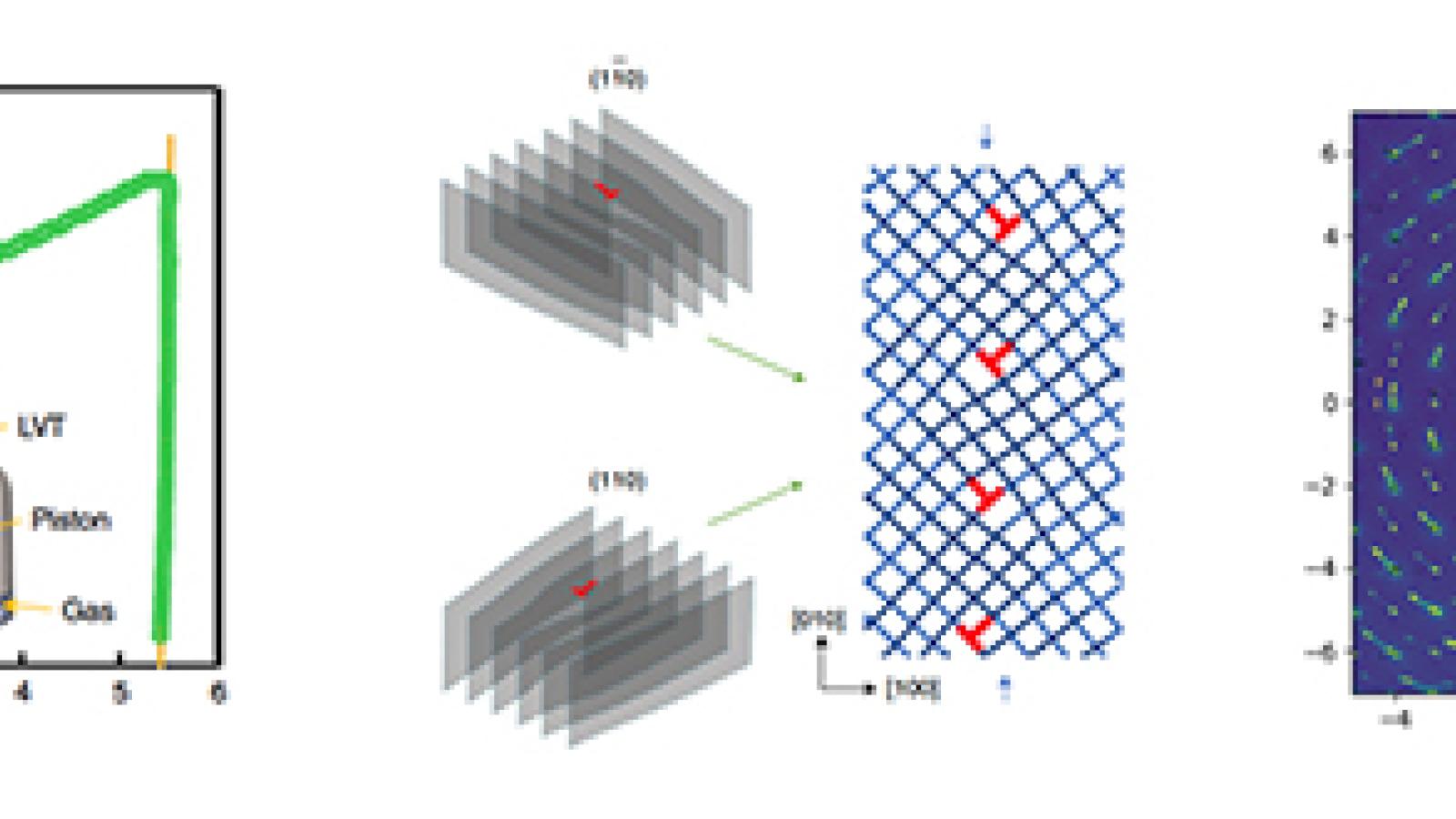Beamline 6-ID-D is operated by the Magnetic Materials Group in the X-ray Science Division (XSD) of the Advanced Photon Source. This is a high energy (50 - 130 keV) beamline used for structural studies primarily on single crystal materials. | ||||||||||||||
| Local Contacts | ||||||||||||||
|








